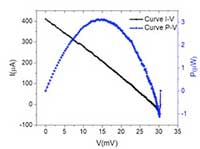 Researchers demonstrate ability to generate three times more thermoelectric voltage and 1.3 times more efficiently than classic dipole nanoantennas with newly fabricated bimetalic nanoantenna.
Researchers demonstrate ability to generate three times more thermoelectric voltage and 1.3 times more efficiently than classic dipole nanoantennas with newly fabricated bimetalic nanoantenna.
May 3rd, 2019
Read more
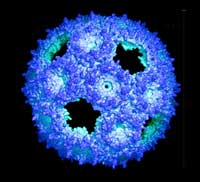 Bacteria across our planet contain nanometer-sized factories that do many different things.
Bacteria across our planet contain nanometer-sized factories that do many different things.
May 3rd, 2019
Read more
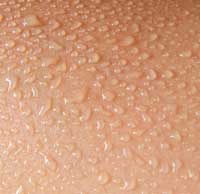 Novel biosensors are enriching the field of personalized and precision medicine with an abundant source of chemical data: sweat.
Novel biosensors are enriching the field of personalized and precision medicine with an abundant source of chemical data: sweat.
May 3rd, 2019
Read more
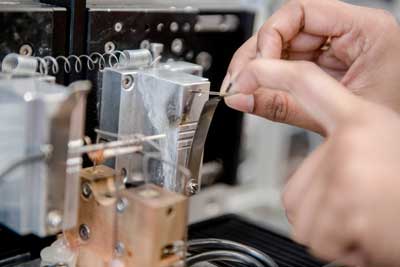 Scientists have developed a novel method in order to observe single nanoparticles before, during and after an electrochemical reaction.
Scientists have developed a novel method in order to observe single nanoparticles before, during and after an electrochemical reaction.
May 3rd, 2019
Read more
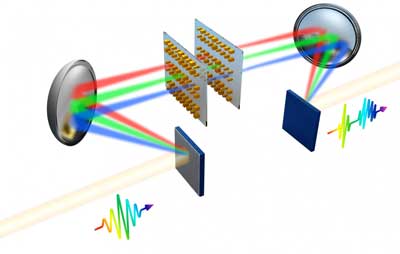 Nanopillars shape light precisely for practical applications.
Nanopillars shape light precisely for practical applications.
May 2nd, 2019
Read more
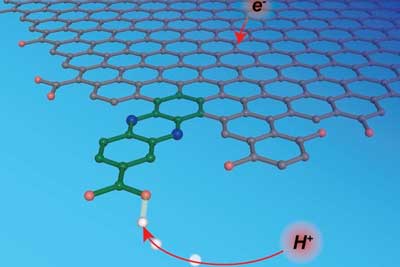 Experiments and analyses show how electrons and protons get together on an electrode surface.
Experiments and analyses show how electrons and protons get together on an electrode surface.
May 2nd, 2019
Read more
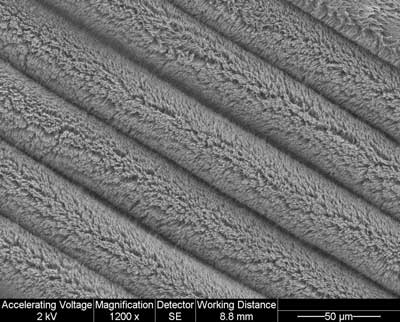 Researchers developed a highly stretchable supercapacitors for powering wearable electronics. The newly developed supercapacitor has demonstrated solid performance and stability, even when it is stretched to 800% of its original size for thousands of stretching/relaxing cycles.
Researchers developed a highly stretchable supercapacitors for powering wearable electronics. The newly developed supercapacitor has demonstrated solid performance and stability, even when it is stretched to 800% of its original size for thousands of stretching/relaxing cycles.
May 2nd, 2019
Read more
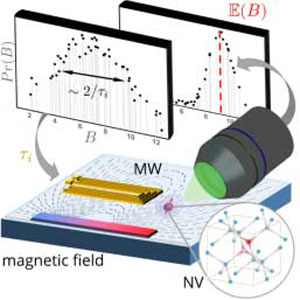 Scientists have reached new heights of sophistication in detecting magnetic fields with extreme sensitivity at room temperature by combining machine learning with a quantum sensor.
Scientists have reached new heights of sophistication in detecting magnetic fields with extreme sensitivity at room temperature by combining machine learning with a quantum sensor.
May 2nd, 2019
Read more
 Artist employs laser-induced graphene as medium for ultramodern art.
Artist employs laser-induced graphene as medium for ultramodern art.
May 2nd, 2019
Read more
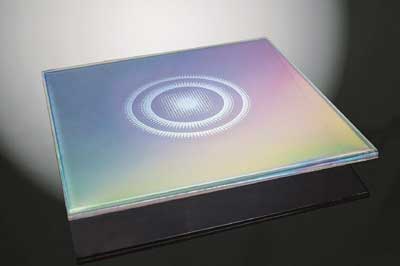 A research project has developed a coating process chain that enables radar sensors to be integrated in car headlights. After almost two years in development they have manufactured a working prototype.
A research project has developed a coating process chain that enables radar sensors to be integrated in car headlights. After almost two years in development they have manufactured a working prototype.
May 2nd, 2019
Read more
 Researchers have designed a nanoparticle that generates radiation-induced oxygen free radicals even in the low-oxygen center of tumors, dramatically increasing the success of radiation therapy.
Researchers have designed a nanoparticle that generates radiation-induced oxygen free radicals even in the low-oxygen center of tumors, dramatically increasing the success of radiation therapy.
May 1st, 2019
Read more
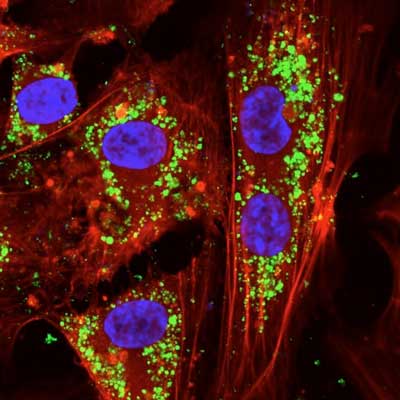 Since long-term exposure to microgravity and radiation increases the damage to muscle cells, the Space Station is a perfect scenario in which to study how the cells deteriorate and how to fight this.
Since long-term exposure to microgravity and radiation increases the damage to muscle cells, the Space Station is a perfect scenario in which to study how the cells deteriorate and how to fight this.
May 1st, 2019
Read more
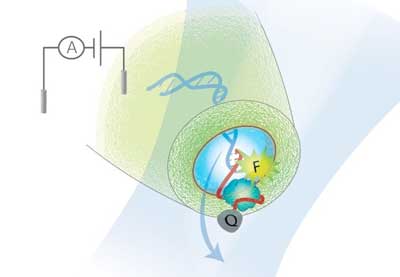 Researchers have created a system that can detect and quantify small and rare biological molecules that are important for detecting disease early.
Researchers have created a system that can detect and quantify small and rare biological molecules that are important for detecting disease early.
May 1st, 2019
Read more
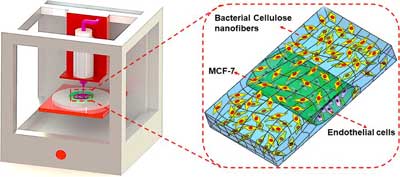 Researchers use a 3D printer to make paper organs, complete with artificial blood vessels, that they can populate with cells.
Researchers use a 3D printer to make paper organs, complete with artificial blood vessels, that they can populate with cells.
May 1st, 2019
Read more
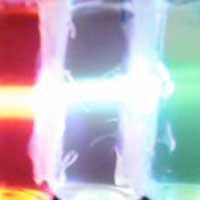 A University of Cordoba research project is able to incorporate luminescence into grpahene, paving a new way to continue expanding properties.
A University of Cordoba research project is able to incorporate luminescence into grpahene, paving a new way to continue expanding properties.
Apr 30th, 2019
Read more
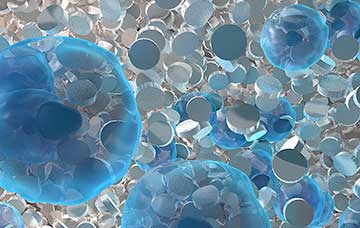 Researchers have designed a new class of two-dimensional (2D) nanomaterials that are disc-shaped and flat on the surface, similar to a coin, to aid in treatments for cartilage repair. The nanomaterials' unique charge arrangement allows them to trap proteins or growth factors, which can be slowly released over time.
Researchers have designed a new class of two-dimensional (2D) nanomaterials that are disc-shaped and flat on the surface, similar to a coin, to aid in treatments for cartilage repair. The nanomaterials' unique charge arrangement allows them to trap proteins or growth factors, which can be slowly released over time.
Apr 30th, 2019
Read more
 Researchers demonstrate ability to generate three times more thermoelectric voltage and 1.3 times more efficiently than classic dipole nanoantennas with newly fabricated bimetalic nanoantenna.
Researchers demonstrate ability to generate three times more thermoelectric voltage and 1.3 times more efficiently than classic dipole nanoantennas with newly fabricated bimetalic nanoantenna.















 Subscribe to our Nanotechnology News feed
Subscribe to our Nanotechnology News feed